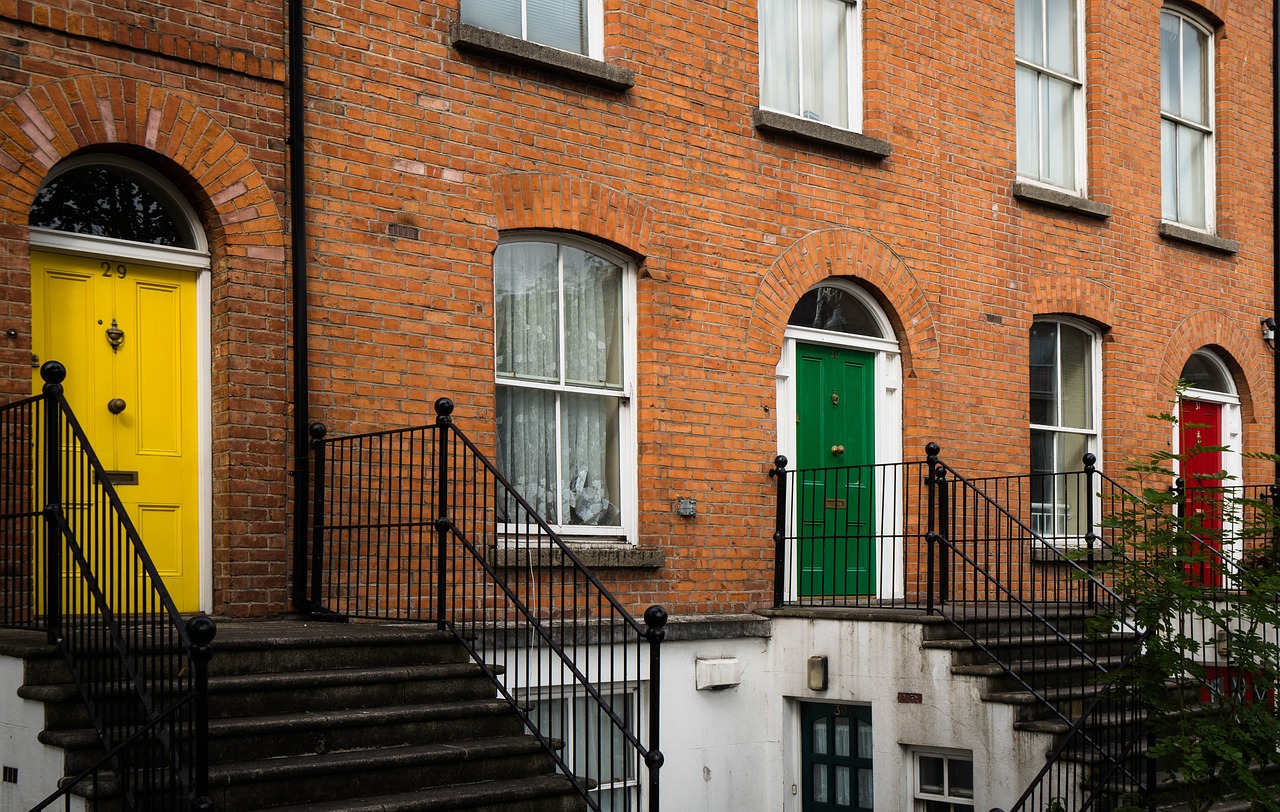
Concrete is a popular building material for many reasons, but it can also be vulnerable to damage. Whether from water damage, stains, or general wear and tear, it’s important to protect your concrete surfaces with a high-quality sealer. In this comprehensive guide, we’ll cover everything you need to know about concrete sealers, including product recommendations and helpful tips for using them effectively.
The Benefits of Using a Sealer for Concrete:
- Protects Concrete from Water Damage: Sealing your concrete surfaces can help prevent water from penetrating and causing damage such as cracking or freezing.
- Stain Resistance: A good sealer can also protect against stains from oil, grease, and other substances that can leave unsightly marks on your concrete.
- Enhances Appearance: Sealing can bring out the natural colors and beauty of your concrete surfaces, giving them a glossy finish that’s pleasing to the eye.
- Increases Durability: By providing an extra layer of protection, a sealer can add years to the life of your concrete surfaces.
Types of Concrete Sealers:
- Acrylic Sealers: These are the most popular type of sealer for concrete. They are relatively cheap and easy to apply, and can be used on both interior and exterior surfaces. Acrylic sealers provide a clear, glossy finish.
- Epoxy Sealers: These provide a more durable coating than acrylic sealers and are commonly used on floors that will see heavy traffic, such as garages and industrial spaces.
- Polyurethane Sealers: These are similar to epoxy sealers but provide a more flexible coating. They are often used on concrete surfaces that are exposed to extreme temperature changes.
Tips for Applying a Concrete Sealer:
- Preparation is Key: Make sure your concrete surface is clean and free of debris before applying a sealer. This will ensure a smooth, even finish.
- Apply in Thin Coats: It’s better to apply multiple thin coats of sealer rather than one thick coat. This will help prevent bubbles and other imperfections from forming.
- Use a Roller and Brush: A roller can be used on larger areas while a brush should be used to get into hard-to-reach spots. This will ensure that the sealer is applied evenly.
- Allow Time to Dry: Different types of sealers will have different drying times, so make sure to read the manufacturer’s instructions carefully. Don’t apply a second coat until the first has fully dried.
Product Recommendations:
- Foundation Armor AR350: This is a high-quality acrylic sealer that’s easy to apply and provides excellent protection against water and stains.
- Rust-Oleum Epoxy Shield: This epoxy sealer is ideal for use in heavy traffic areas such as garages and warehouses. It provides a durable coating that’s resistant to chipping and peeling.
- Ghostshield 9500: This polyurethane sealer is perfect for concrete surfaces that are exposed to extreme temperatures. It provides a flexible coating that won’t crack or peel.
In conclusion, using a sealer for your concrete surfaces can provide a range of benefits, from increased durability to enhanced appearance. Make sure to choose the right type of sealer for your needs and follow the manufacturer’s instructions carefully to ensure the best results. And with our product recommendations, you’ll have no trouble finding the perfect sealer for your concrete surfaces.
